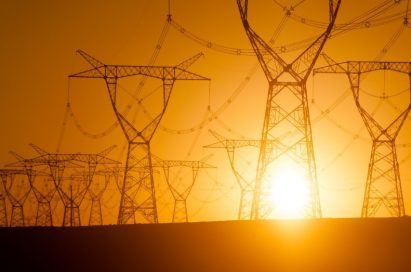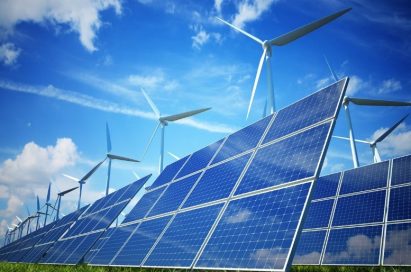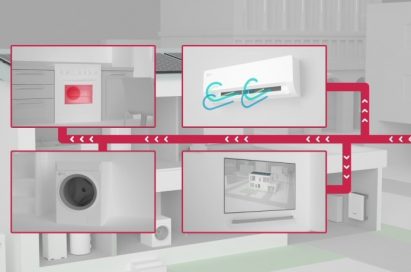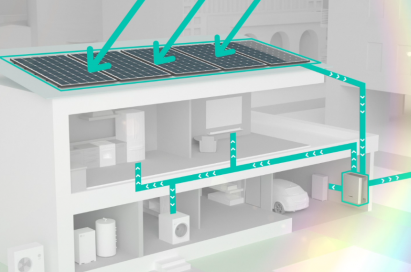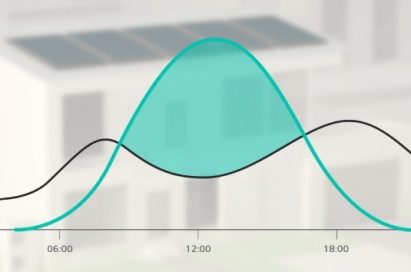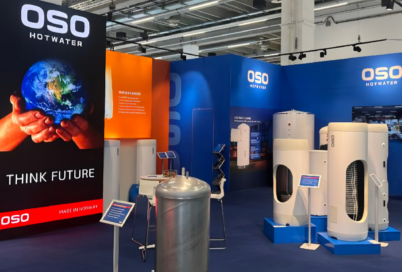THE IMPORTANT ROLE OF ENERGY STORAGE SYSTEMS IN TODAY’S RENEWAL ENERGY HOME
Ever since the discovery of electricity, people have been searching for effective ways to store energy for use on demand. The electricity grid is a complex system in which power supply and demand must be balanced to keep up with the immediate needs imposed by the use of air conditioners, washing machines and of course, lighting. Seasons play a big role in this equation, as does weather. This balancing act to create a flexible and reliable grid system is especially important for homeowners who are investing in renewal energy technologies for their homes.
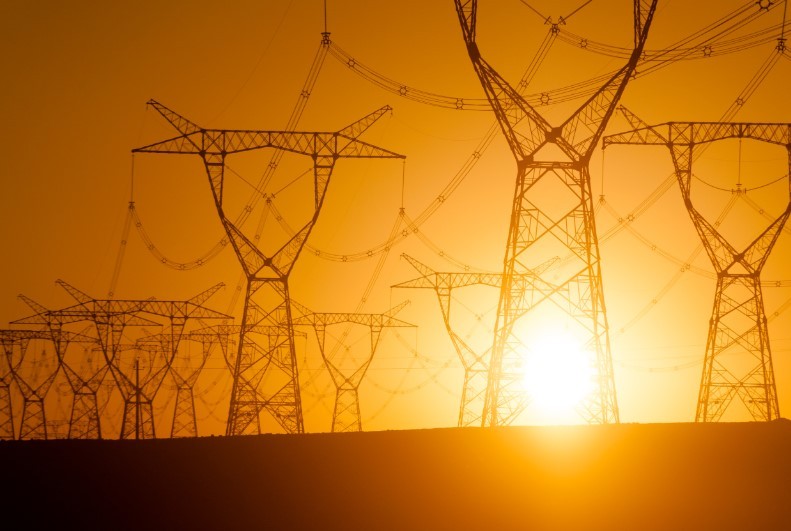
Photo Credit: www.howstuffworks.com
Because some renewable energy technologies such as solar and wind deliver their power inconsistently and unpredictably, energy storage systems (ESS) can play an important role in “smoothing out” the electricity supply from these sources and in order to deliver power when it is needed. ESS is a key part of a more efficient, flexible and reliable electricity system.
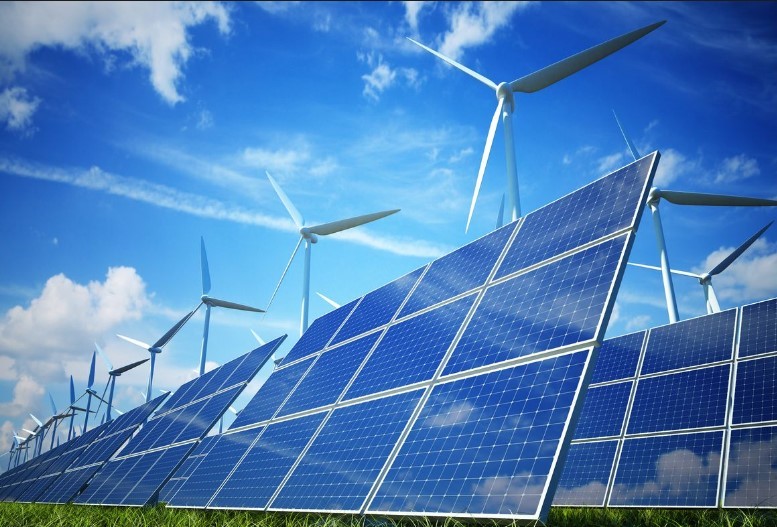
Photo Credit: www.vox.com
LG Electronics’ entry into the fast-growing U.S. residential ESS market means that even more residents will be able to benefit from the company’s industry-leading technologies. The introduction of two solutions from LG Energy Storage Systems – an AC-coupled 5.0 kW system for those who already have solar panels of any type already installed and a DC-coupled 7.6 kW system as part of a new installation of LG solar panels – and an expandable battery pack for homeowners gives homeowners more innovative options for their energy needs.
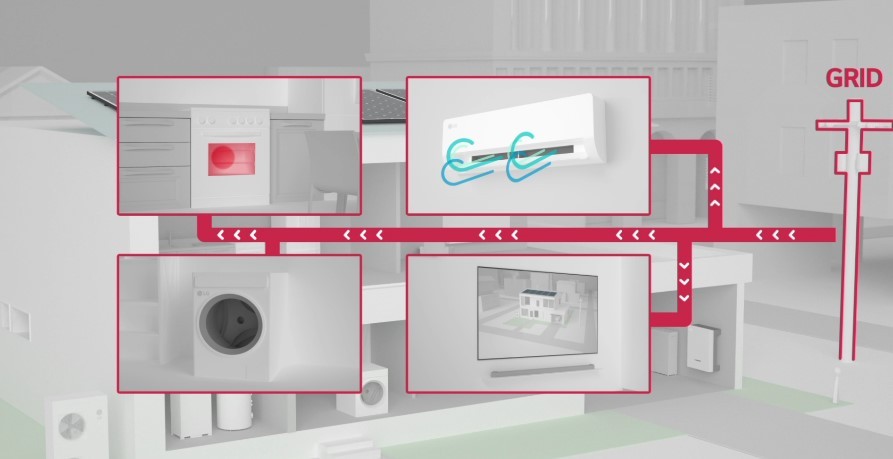
LG ESS works by using “smart energy management” to store excess energy produced from residents’ solar panels for use during hours when no solar energy is being produced, making it available at night or on overcast days. This also allows for less reliance on the public utility grid during times of peak energy consumption when electricity rates are the highest. LG ESS achieves higher efficiency because its DC-coupled ESS converts power more efficiently than AC type ESS units.
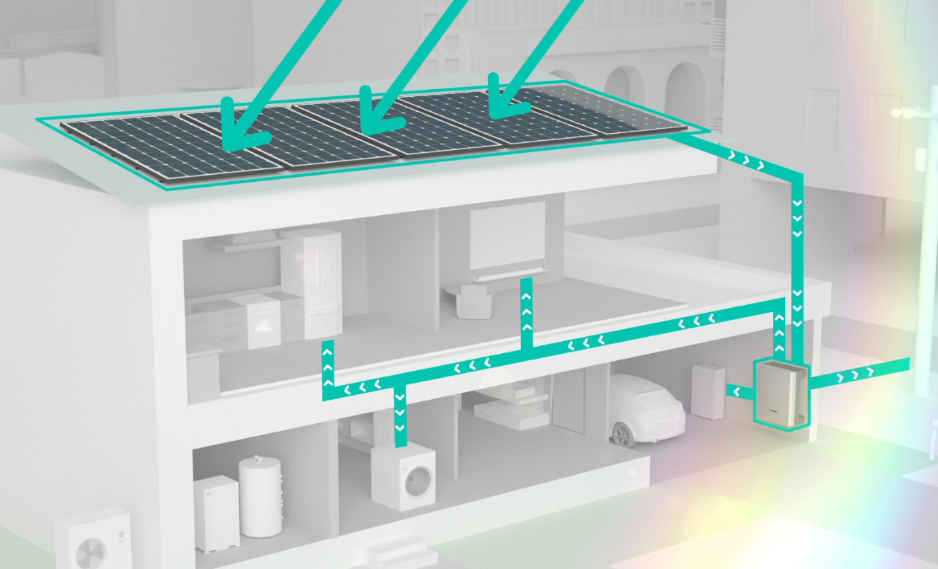
Different families have different electricity usage patterns but normally, peaks occur in the morning and the evening when breakfast is being prepared and clothes are being laundered. LG ESS is advanced enough to account for times of high demand and adjust accordingly. In a power outage, each LG ESS can store up to four hours of energy and can be scaled up for more storage by pairing with an expandable battery pack.
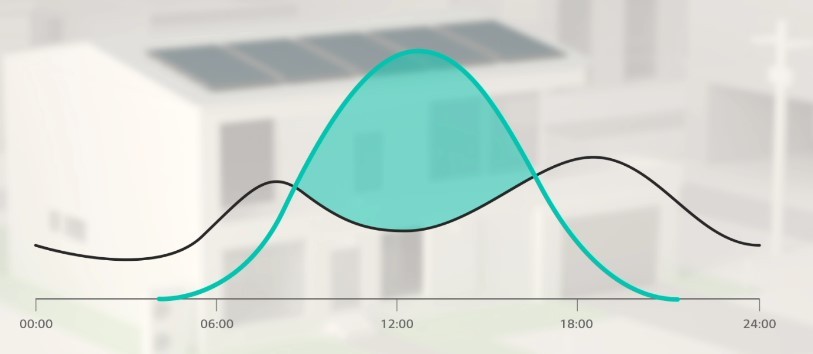
In the future, as more storage technology options emerge and the United States transitions to a cleaner energy economy, energy storage is poised to play an even greater role and LG plans to be part of the solution.
# # #
